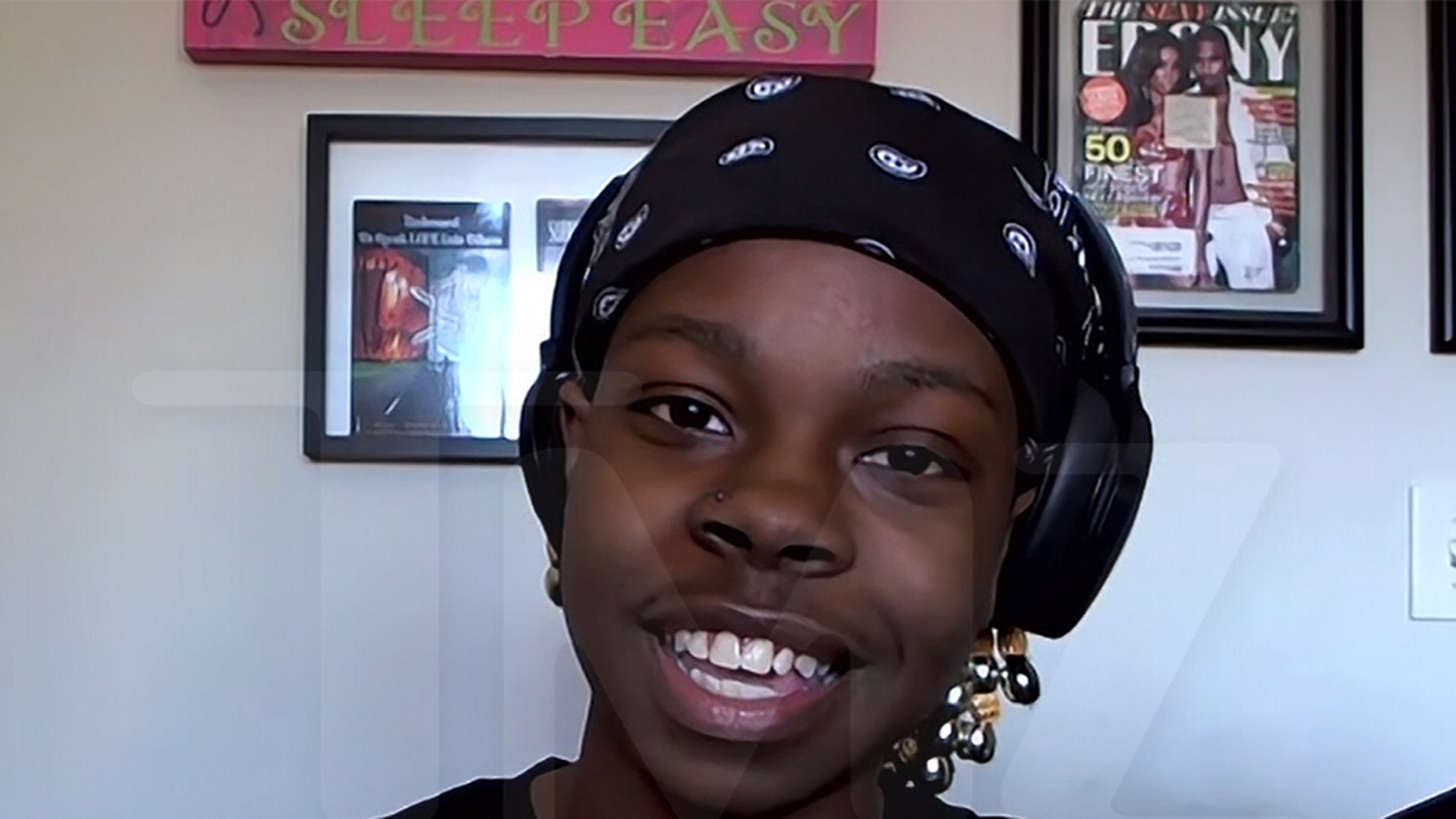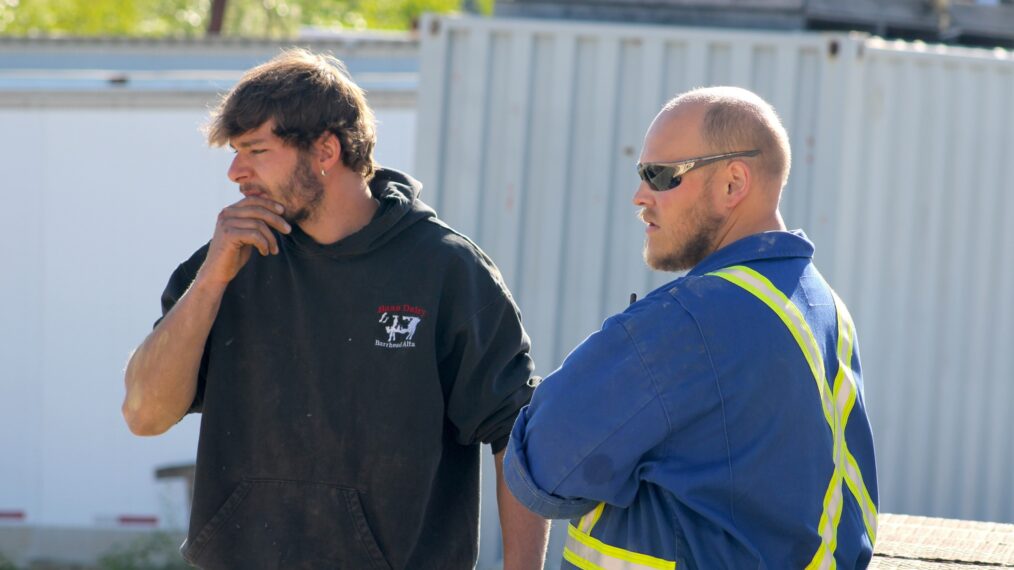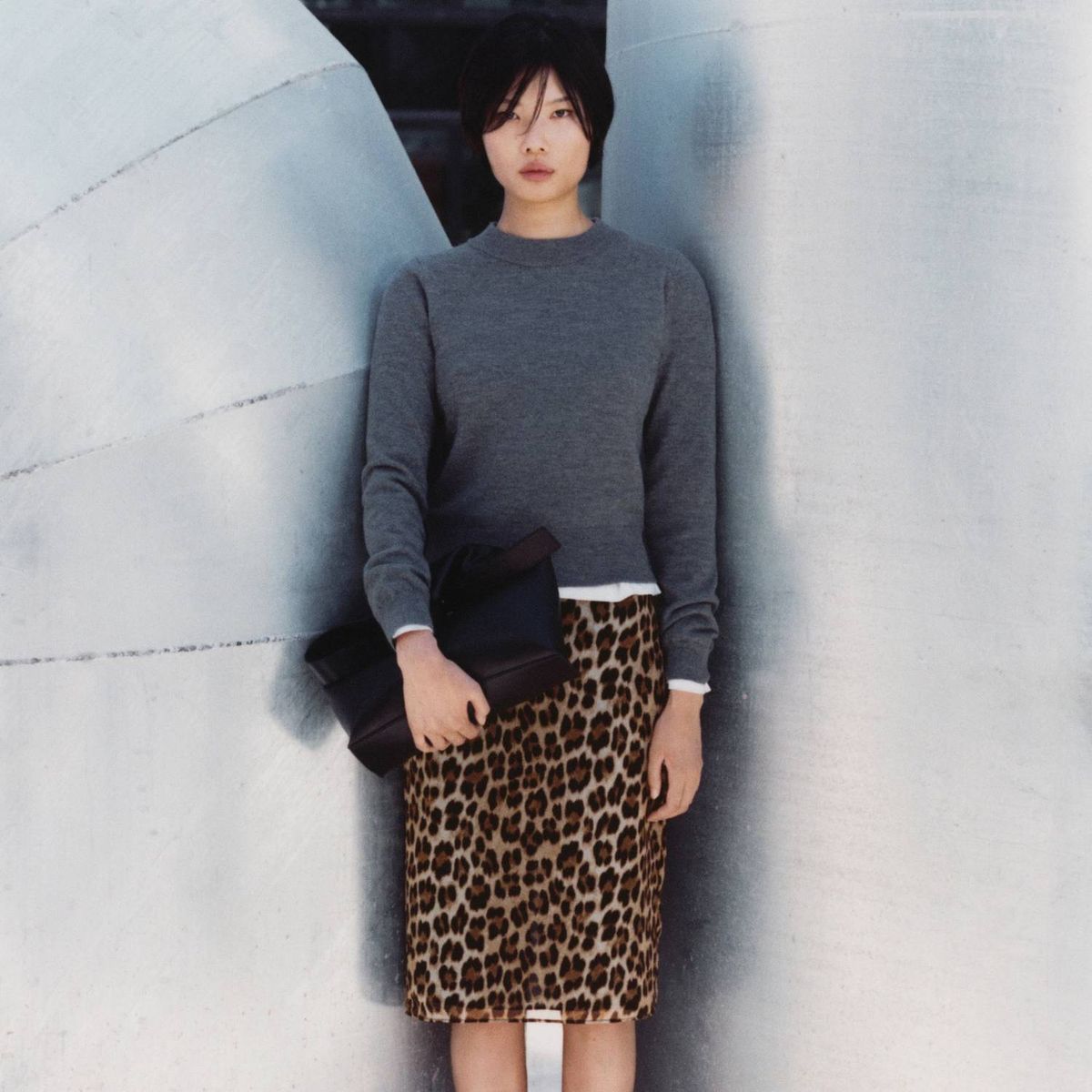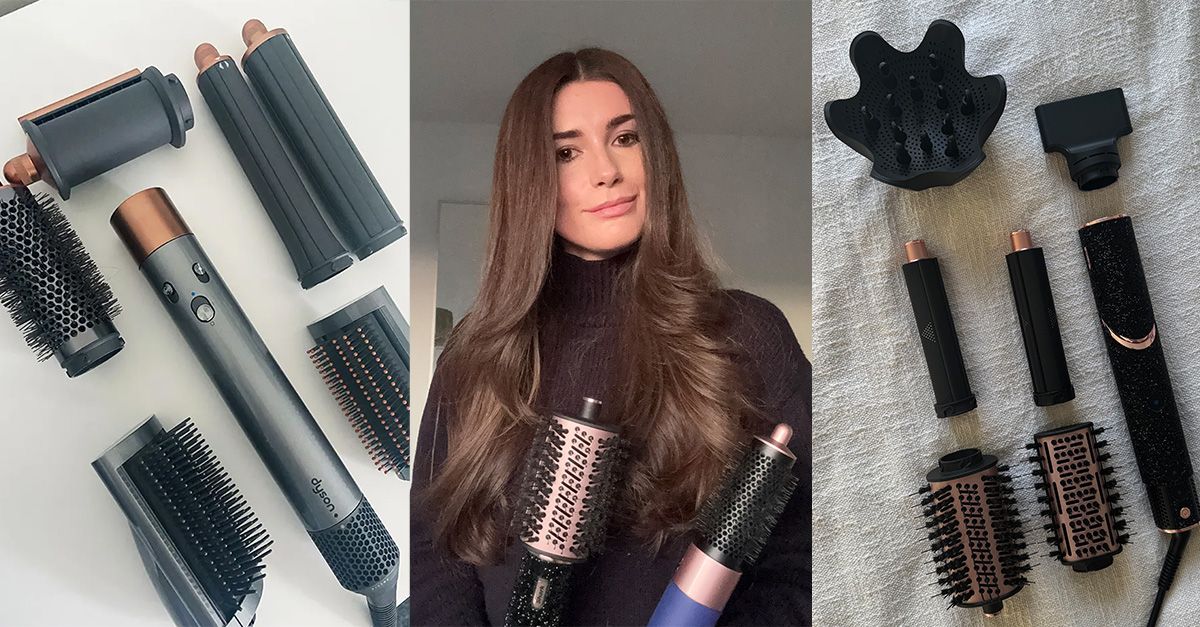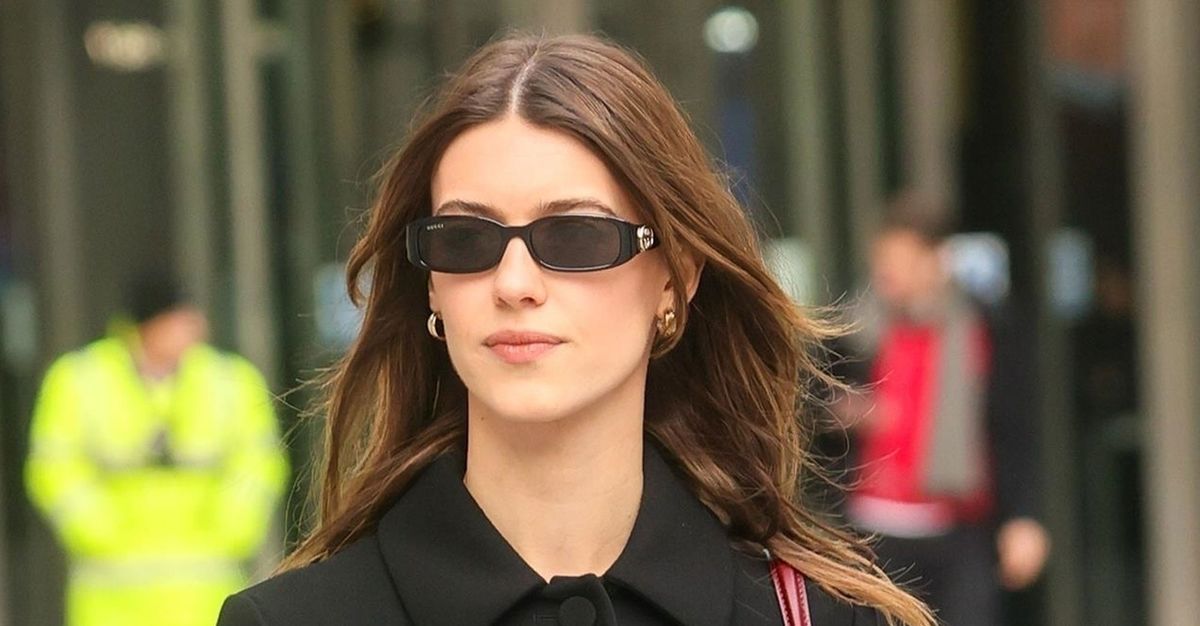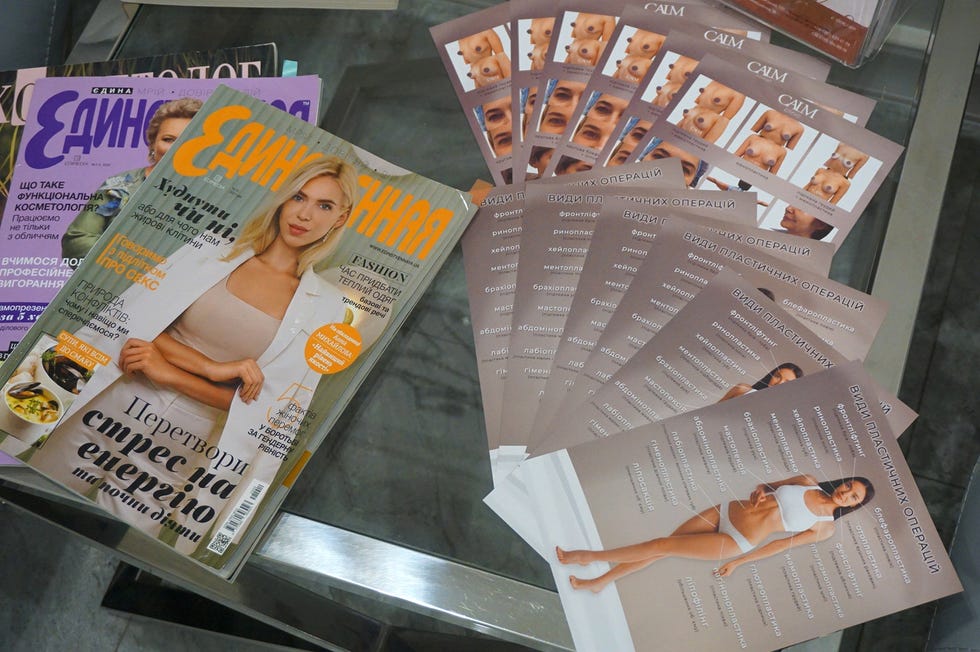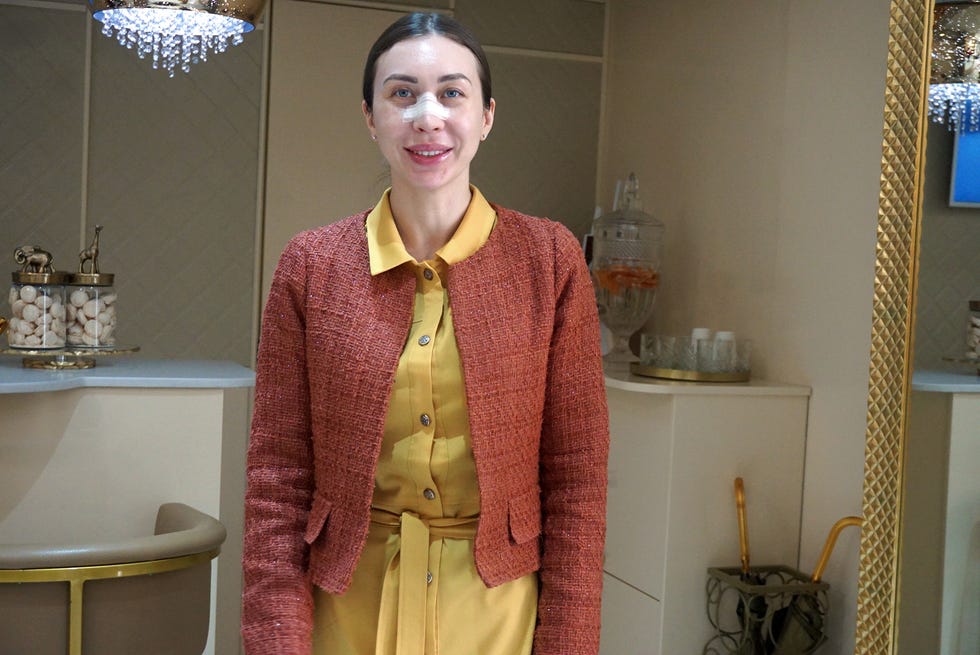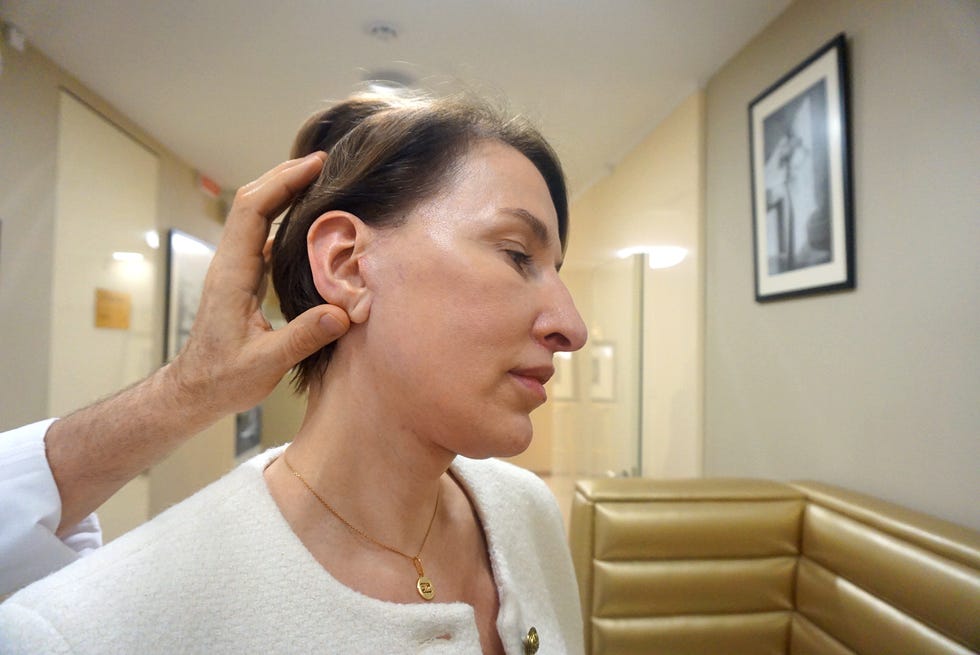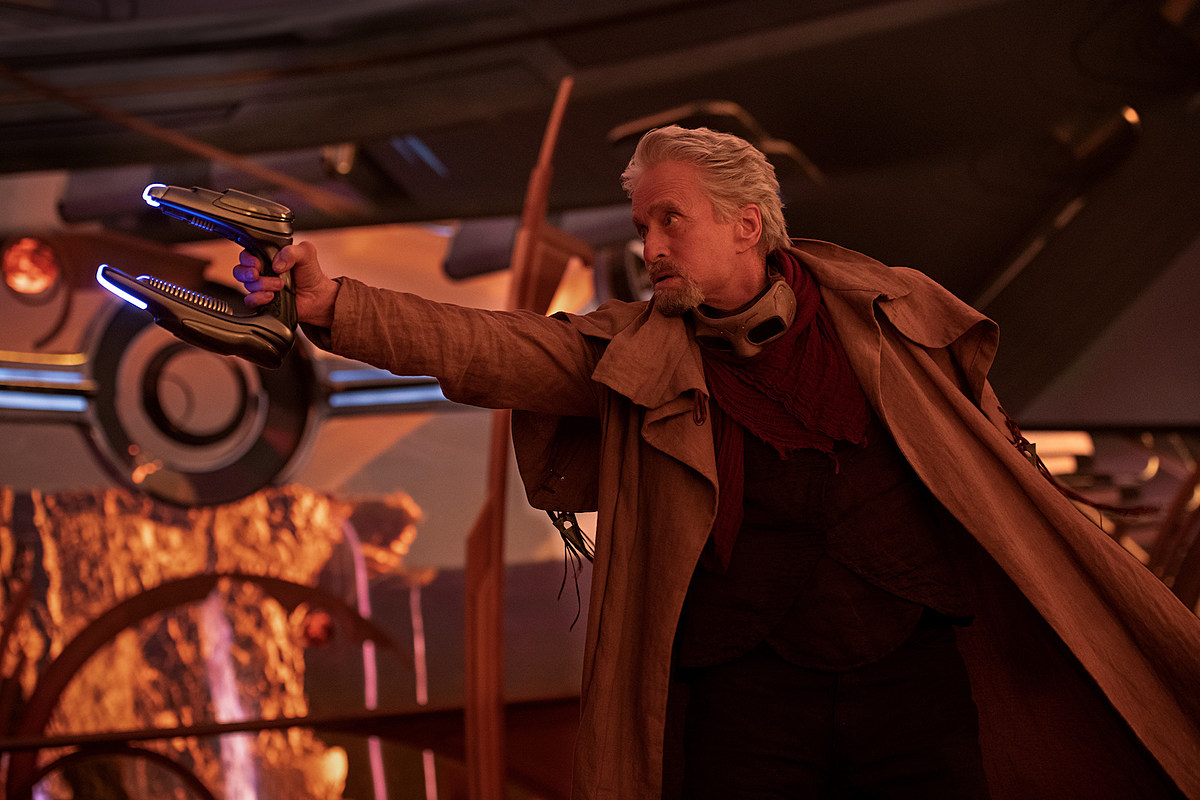Air raid sirens blare throughout Kyiv two days before the one-year mark of the Russian invasion of Ukraine. The threat is unclear, but social media apps suggest that missiles might be launched in the direction of Kyiv. At the Anacosma Clinic, Dr. Taras Baranov pays little attention to the possible attacks; he is in the middle of performing a blepharoplasty surgery.
In Kyiv, women are turning a beauty practice into an act of defiance and feminine resilience. They are having plastic surgery work done during power outages and raid sirens— refusing to let the war take away any more of their life or from them feeling confident in their outer appearance. Simultaneously, their inner strength is put to the test.
It was not always the case. At the beginning of the war in Ukraine, most were not concerned with enhancing their appearance, despite the world’s obsession with their beauty, which led to a thriving sex tourism industry (that has now waned due to war). Instead, Ukrainians were focused on staying alive and fleeing Russia’s wrath as countless towns and cities were burned to the ground, the biggest land war in Europe since World War 2 unfolded, and over eight million people were forced out of their homes. But one year later, though the terror and destruction of the war have not diminished, some women are trying to find a way to continue their lives as best they can. They are embracing their confidence by channeling a deep love for the world of beauty.
More From ELLE

From the moment I walk into the Anacosma Clinic in Central Kyiv, the world of plastic surgery is on display. Yana Mudrakova, an employee of the clinic, greets me with a smile, and she wears a yellow mid-length dress with a peach cardigan and beige flats, her uniform. Her nails are perfectly manicured with white nail polish, her lips are plump, and not one strand of her hair is out of place. But her nose is hidden under white gauze. She has just had a rhinoplasty surgery done at the clinic.
Russia is expected to plan a major attack on February 24, today, the one-year mark of the war. The possibility that Kyiv will be a focal point of this anniversary strike is high. There is a heaviness in the air in the capital city, and it has been quiet in recent days, only backing the theory that Russia is holding out on attacks for the upcoming date.
While waiting to meet with Anacosma’s lead surgeon Plavo Denyshchuk, I asked Mudrakova if she was afraid during the surgery. Mudrakova shakes her head no. “Because I work in this clinic, I know everything that is going around,” she tells me. “I know the doctors and equipment, so I was totally sure and had no concerns because I know how it works during the air alarms. It was not stopping me,” she adds.
Air raid alarms come in bursts in Ukraine, blaring through city streets and apps on people’s phones anytime a possible threat might occur. Sometimes alerts are for less severe warnings, like aviation of Russian jets over ally Belarus. Still, other times, the warnings mean missiles have just launched from a Russian-controlled area, giving Ukrainians minutes to hide before attacks occur. Various channels on the messaging app Telegram might clarify what threat sirens are for, but there is no certainty that it is accurate. They can last for minutes or hours, and people are recommended to shelter in place until the sirens are lifted. But one year into the war, Ukrainians have learned to live with the sirens and no longer fear them.
For Mudrakova, the journey to receiving her surgery began four years ago. At the time, Anacsoma had a new surgeon who used Mudrakova’s image as a model to test the programming that shows patients what the result would be after they had their surgery. It was then that Mudrakova saw what her nose could look like with surgery, more slim and rounded than her current one.
“The war was a crucial point to do the surgery because the war showed you cannot postpone your life ‘til later. And if you want to start to be more pretty, why not start changing now?” says Mudrakova.
From an outside perspective, enhancing one’s appearance with surgery during the war might seem reckless, but Mudrakova laughs, “Maybe we are a little bit crazy. Even during the war, you see our surgeons working, our patients coming, like me.”
“The war will end, and afterward, we need to be physically and mentally happy, and these things are making us more pretty and happy. We will also be better prepared, and why wait to make your dreams come true? Even in the war, you can,” she adds.
As Mudrakova returns to her work, I am motioned towards a white staircase, past the operation rooms, and to Denyshchuk’s office. Reflecting on the past year of his work, the surgeon tells me, “There was very intense work up until the last peaceful days [before] the full-scale invasion began. Many patients [were] scheduled for surgeries, upfront payments, and there were patients who needed to undergo rehabilitation services.” All procedures were put on hold when the war began, and Denyshchuk says, “There was a dilemma of ‘how do we deal with the people?’ Some said it was alright, we can wait until the end of the war, but some people were demanding money back or the services.”
The instability of the war resulted in Anacosma having to refund around 30-50 pre-booked services, a third of all appointments. The result was a loss of one million grivnas, the equivalent of over $27,000. But three months into the war, Anacosma reopened, partially because the demand from patients was so high but also because at least 30 percent of the clinic’s employees wanted to return to work. “It was deep into the unknown back then,” says Denyshchuk. The other 70 percent who did not want to return, for the most part, left Kyiv for the country’s western cities or other countries and were afraid to return to work. Anacosma has since hired new employees to compensate for their losses.
There were only a few instances where patients wanted to go to the basement to wait out the air raid sirens that engulfed Kyiv. Still, for the most part, they paid little attention to Russia’s efforts to terrorize Ukrainians.
My conversation with Denyshchuk ends when a knock on the office door signals to the surgeon that his next appointment has arrived. It’s three in the afternoon, and the sun is beginning to set in Kyiv. But in the hallway, Olga Saienko, 50, radiates, beaming from ear to ear. She has her one-month post-operation check-up to make sure the scars from her facelift are healing correctly–they are. “She looks ten years younger!” Denyshchuk says with a smile.
Saienko tells me she had never considered getting a surgical facelift before the war. In the past, she had non-surgical thread lifts to eliminate some of the natural sagging that comes with age, not the entire procedure. But the constant mental and physical stress of living in a country at war caused the thread lift to fade, and Saienko’s face began to sag again.
Attacks on Kyiv were constant in the early days of the war because Russia believed that if the capital city fell, so would the rest of the country. Bombs dropped from the sky, and on the once peaceful streets, gunshots could be heard, indistinguishable from foe or ally, and trying to find out could mean being killed in the line of fire. Saienko, her husband, Ruslan, and their two daughters Victoria, 31, and Sofia, 12, were forced to leave their home on the first day of the Russian invasion. Like thousands of other Ukrainians, the family moved to the west of the country, which has been relatively unscathed from the war. During this time, Saienko looked in the mirror and no longer recognized the face staring back at her.
“I believe that I have aged precisely because of the stress of the war. I felt that my whole life and my children were crossed out. There is no confidence in the future. There is apathy and fear and terrible mental pain,” says Saienko.
“A 30-year-old woman lives inside me, and it hurt me to see myself in the mirror the way I became during the war,” she adds.
Holding up her phone, Saienko shows me her before surgery, pointing to the wrinkles that once surrounded her chin and neck and the frown marks on her mouth. Now, Saienko’s face is smooth, the bags under her eyes are gone, her jawline is sharp, and she really does look ten years younger. The Saienko I am speaking with looks happier than the past version, but as she lowers her phone, she says, “From the war, stress is not going away. It is impossible.”
“For me, it’s also a bit weird in the war, and you’re getting plastic surgery. Life is going on. We’re still trying to live our lives. Maybe our nerve system kind of adapts, and then this all appears,” she says, referencing her rapidly aging face.
It’s no secret that the societal standard of beauty is a tall, slender woman with clear skin and a 24-inch waist, unrealistic for the majority but dominating all other body types. Not living up to those standards can result in insecurities and damage women’s self-confidence.
Plastic surgery is typically seen as taboo in Ukraine, something that is done in secret and not openly discussed. But for the most part, Ukrainian women are not concerned with what others think about the changes to their appearance. They aren’t having surgery in a war zone to impress men or gain peer approval. In such chaos and turmoil, women want to feel at home in their bodies, which most can relate to. I left Anacsoma after I met with Saienko, but beauty is still everywhere in Kyiv.
In a coffee shop, I see two teenage girls putting on makeup and taking photos of each other, and every nail salon I pass has at least two clients inside. There are Valentine’s Day couple massage promos at spas and women dressed in Y2K fashion, life seems almost normal, but the war is still everywhere. Anti-tank devices line Kyiv’s streets, soldiers carry machine guns while guarding important buildings, and makeshift trenches are prepared for another round of Russian attacks on the capital. But beauty exists in these places, offering a form of self-expression and liberation as everyone prepares for February 24.
A week later, I revisited Anacosma, and this time as I walked in, a woman with beet-red skin, presumably from a recent chemical peel, greeted me. After a few moments, I’m ushered into a small patient room where Margaretta, 27, lies in a twin-size hospital bed, recovering from a breast reduction surgery she had two days before. I am handed a white paper robe and a surgical face mask to put on before speaking with Margaretta so that she is safe from any potential infections that might pass to her.
Once wearing my protective gear, Margaretta shares that she has been waiting five years to have a reduction on her size E breasts, which had limited her from having complete control over her life. But it was not until the war started, and Margaretta simultaneously began studying to become a psychologist, that she examined the toll her breasts took on her.
“In society, people think that large breasts are something spectacular, but they don’t understand that [with] smaller breasts, you can wear a smaller bra, you don’t worry that something is going to fall, you can do sports, you can run, you can jump,” says Margaretta.
“[Everything] bothers you, and all of the clothing which is being produced in Ukraine and abroad is usually for women who have medium or small breasts, so for women with bigger breasts, she needs to go to the stores for plus size woman to get clothing and the type of clothing, it’s not modern or sexy,” she adds.
Margaretta’s decision echoes those of the other women I met at Anacosma. The war made their desire to look and feel their best a priority. She says, “You understand that some things you cannot postpone anymore, even during the war.” The day that Margaretta and I speak is just over one week before February 24. I ask if she considered the possibility of having to flee while recovering, and Margaretta nods that she “Calculated until 24th, the pain should go away, in case we need to leave and run.”
“Somehow internally, you have this feeling that right now there’s some kind of combination of activities, but the end is soon, the end of the war, our victory. I need to get dressed for the victory day,” she adds.
* Anastasiya Orolova contributed to the reporting via translation and scheduling.








